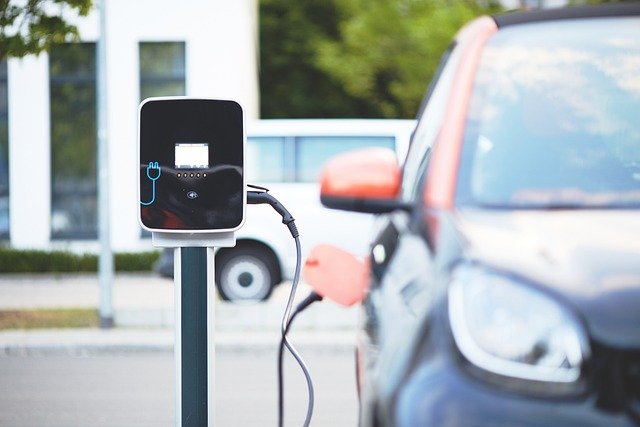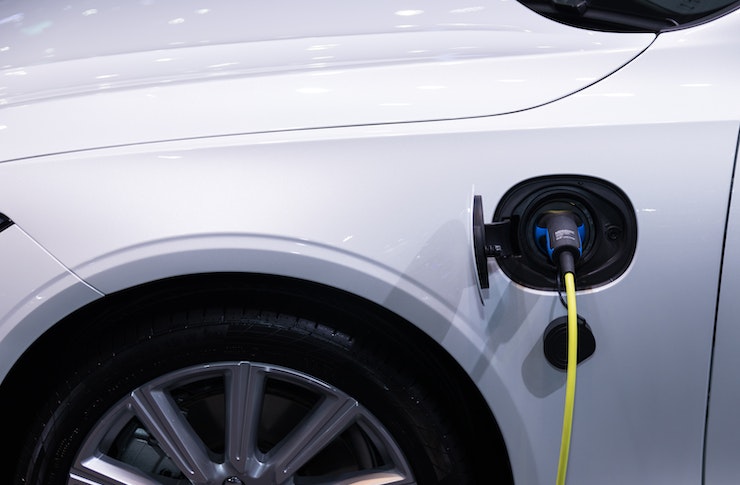Home EV charging for new residential builds in the US
More new homes are being designed with electric vehicle charging in mind, and planning during construction makes installation safer, cleaner, and more cost‑effective. This guide explains wiring choices, panel capacity, code considerations, and practical placement to help future‑proof a property in the United States.

Planning EV charging during construction is one of the simplest ways to future‑proof a house in the United States. Rough‑in conduit, a dedicated circuit, and a suitable location can eliminate costly retrofits later. Thoughtful choices now also improve charging speed, reliability, and safety, while keeping the equipment out of the way and protected from weather. Whether you expect your first EV soon or want a move‑in ready option for a future owner, a basic plan can make a noticeable difference.
EV chargers for new homes: what to plan
Start with charging level. Level 1 uses a standard 120 V outlet and adds roughly 3 to 5 miles of range per hour, which may be enough for very light driving. Level 2 uses 240 V and typically delivers 7 to 12 kW depending on the circuit and equipment, adding 20 to 40 miles of range per hour. For most single‑family homes, a 40 A or 50 A, 240 V circuit for a Level 2 charger offers a good balance of speed and cost. If you expect two EVs, consider two dedicated circuits or a charger that supports load sharing.
Next, review service and panel capacity. Many new homes use a 200 A main service, which is often sufficient for one Level 2 circuit when balanced with other loads. Your electrician can perform a load calculation to confirm capacity or recommend a service upgrade if needed. Planning a dedicated space in the panel with clear labeling helps inspectors and future residents understand the setup.
EV chargers for new homes in the USA: code and permits
Local code officials typically require a permit and inspection for a new EV charging circuit. The National Electrical Code includes requirements for electric vehicle supply equipment, and local amendments may add specifics such as receptacle types, outdoor ratings, or disconnects. Using UL‑listed equipment and following manufacturer instructions are essential. In garages or carports, many jurisdictions require ground‑fault protection and protective mounting heights. Outdoors, weather‑resistant enclosures and in‑use covers are common requirements. Always verify with the authority having jurisdiction in your area before work begins.
Accessibility and clearances matter too. Leave unobstructed working space at the panel and around equipment. Plan cable management so cords do not create trip hazards. For multi‑unit properties, accessible routes, parking signage, and shared metering rules may apply. Early coordination with the builder and local services helps avoid rework.
EV chargers for new homes in the US: installation and safety
A typical Level 2 installation involves running a dedicated 240 V circuit from the main panel to the charging location using appropriately sized copper conductors in conduit, then installing either a hardwired EVSE or a NEMA receptacle if the equipment allows plug‑in use. Many hardwired units include integral ground‑fault protection and weather ratings suitable for garages or exterior walls. Use correct breaker types and wire sizes based on the continuous load of the charger, and keep terminations tight per manufacturer torque specs. A licensed electrician can ensure bonding, grounding, and labeling meet code.
Location affects convenience and durability. Place the charger where the vehicle port is easy to reach without stretching the cable across walkways. If outdoors, choose a sheltered area, specify a NEMA 3R or better enclosure, and keep the unit off the ground. If the driveway is long, running conduit now for a future pedestal can save effort later. For attached garages, pre‑run conduit through finished walls to avoid drywall repairs.
Smart features and energy management
Smart chargers can balance household load, schedule charging for off‑peak times, and report energy use. Some models coordinate two units on one circuit using load sharing, which is helpful when panel space is tight. Others integrate with home energy monitors or demand response programs from utilities. If you plan to electrify additional systems such as heat pumps or induction cooking, discuss whole‑home load management with your electrician so the charging plan fits into a broader electrification roadmap.
Wiring, receptacles, and future readiness
Decide between a hardwired unit and a receptacle such as NEMA 14‑50 or 6‑50. Hardwiring reduces plug wear and is often preferred for outdoor locations. Receptacles provide flexibility if you might move or change equipment. Running larger conduit than you need today and leaving a pull string makes upgrades easier. Label conduit paths on your as‑built plans so future work is straightforward. If you anticipate faster charging later, plan for heavier gauge conductors and sufficient breaker capacity now.
How to choose a location in your area
Think about daily parking patterns and how multiple drivers will share the space. For a single EV, a wall near the driver‑side front of the vehicle is often ideal. For two EVs, a central wall or ceiling‑mounted cable management reel can serve both stalls. Consider lighting, snow or debris, and water runoff if outdoors. In cold climates, shorter cable runs reduce stiffness in winter. In hot climates, shaded locations help equipment longevity.
Permitting and inspection timeline
During new construction, include the EV circuit on your electrical plans and submit them with the building permit. Rough‑in inspection typically occurs after wiring and before drywall, allowing inspectors to see conduit paths and box locations. Final inspection confirms breaker sizes, labeling, equipment listings, and functional safety devices. Coordinating these steps with other trades avoids conflicts with insulation, drywall, and exterior finishes.
Common myths and practical tips
A frequent myth is that every home needs a 60 A charger. For many drivers, a 40 A circuit provides overnight replenishment that covers typical commuting. Another myth is that outdoor charging is unsafe; in reality, properly rated enclosures and correct installation are designed for weather exposure. For long‑term reliability, mount units securely, use strain relief for cables, and keep connectors clean and covered when not in use.
Search terms and local services
When researching, you may encounter phrases like Ev Chargers New Homes, Ev Chargers New Homes USA, and Ev Chargers New Homes US. Regardless of wording, focus on code compliance, dedicated circuits, and certified equipment. If you plan to hire local services in your area, ask for proof of licensing and insurance, a written scope of work, and confirmation that permits and inspections are included.
Conclusion
Early planning for home EV charging during construction simplifies installation, reduces future costs, and supports safe, reliable daily use. By choosing an appropriate circuit, confirming panel capacity, observing local code requirements, and placing equipment thoughtfully, new homes across the United States can be ready for current and future electric vehicles without disruption later.




